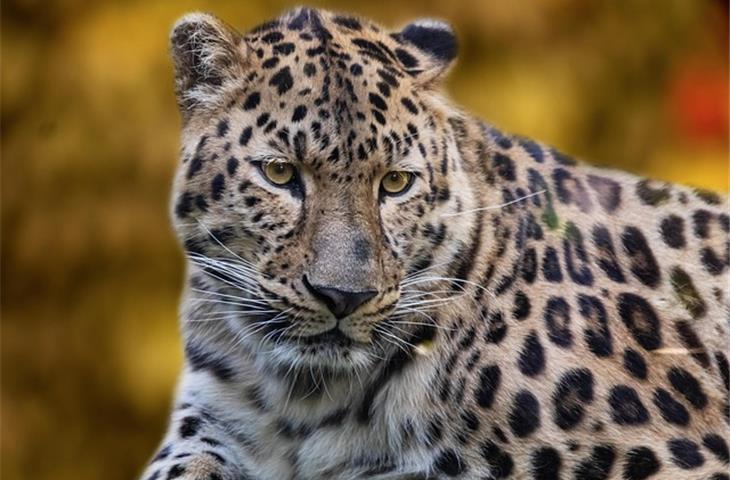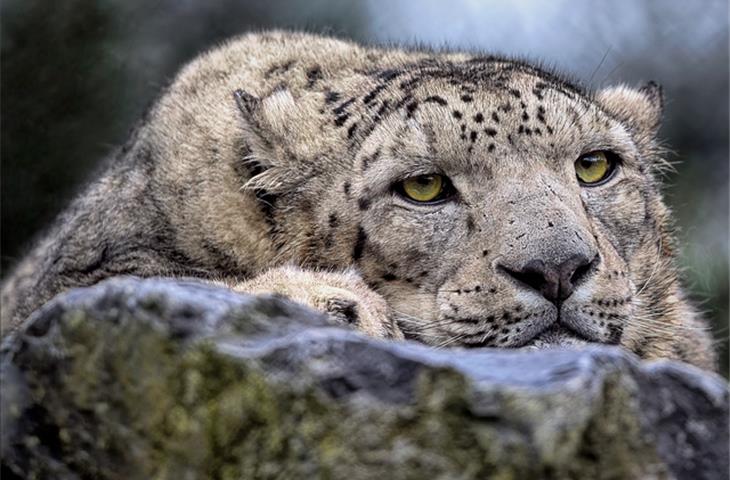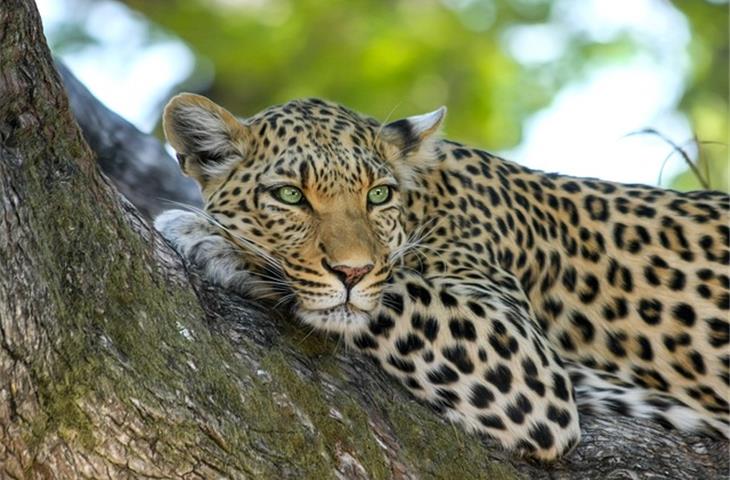Ever heard of the Daytona Leopard? These majestic animals are a stunning sight, and they’ve captured the hearts of animal lovers globally. Today, I’m diving into the interesting world of the Daytona Leopard, exploring the five key issues that are keeping people talking.
1. Habitat and Conservation Efforts
3. Threats to their Population
4. Interaction with Local Communities

1. Habitat and Conservation Efforts
The major concern with the Daytona Leopard is that their habitat is contracting. Urban areas are taking over their territory, and that means it is necessary to increase efforts and help guard them.
I got to participate in a group trying to preserve their territory. We’re doing things like creating pathways for animals and working together with people who live nearby to take actions that benefit the environment. Observing the impact we are having feels very rewarding.

2. Unique Traits and Behavior
The Daytona Leopard, or the West African Leopard, features some unique traits that distinguish it. Their rosettes, which are known as spots, are larger and less organized than those in other leopards.
I once witnessed one of these cats at early morning in the wild. It climbs effortlessly, moving swiftly through the trees with those strong legs and claws. It’s it’s comparable to observing a sneaky ninja in the hunt.

3. Threats to their Population
These leopards are facing difficulties due to multiple issues. Human activities involve cutting down their habitats, killing them to obtain body parts, as well as constant confrontations with humans.
You wouldn’t believe the crazy stuff poachers do. But hope – groups and authorities are striving hard to protect them. I’ve been assisting by vigilance for them and stopping wrongdoers.
4. Interaction with Local Communities
Talking to the local residents is key. They depend on nature to make a living, and that can cause issues with wildlife.
I am involved in initiatives that instruct individuals on cohabitation with these leopards nicely. We show them how to agriculture without disturbing the environment and even generate employment by letting visitors come to observe the leopards. It’s beneficial to both the leopards and the people.

5. Research and Education
Finally, research and education are key to understanding and protecting the Daytona Leopard. I’ve worked with scientists who conduct studies on their behaviour, habitat choices, and population trends.
These discoveries are crucial for formulating successful conservation strategies. And I have been working with educators to disseminate information about the significance of these animals. It has been a truly fulfilling journey, realizing that we are contributing to keep the Daytona Leopard around for future generations.